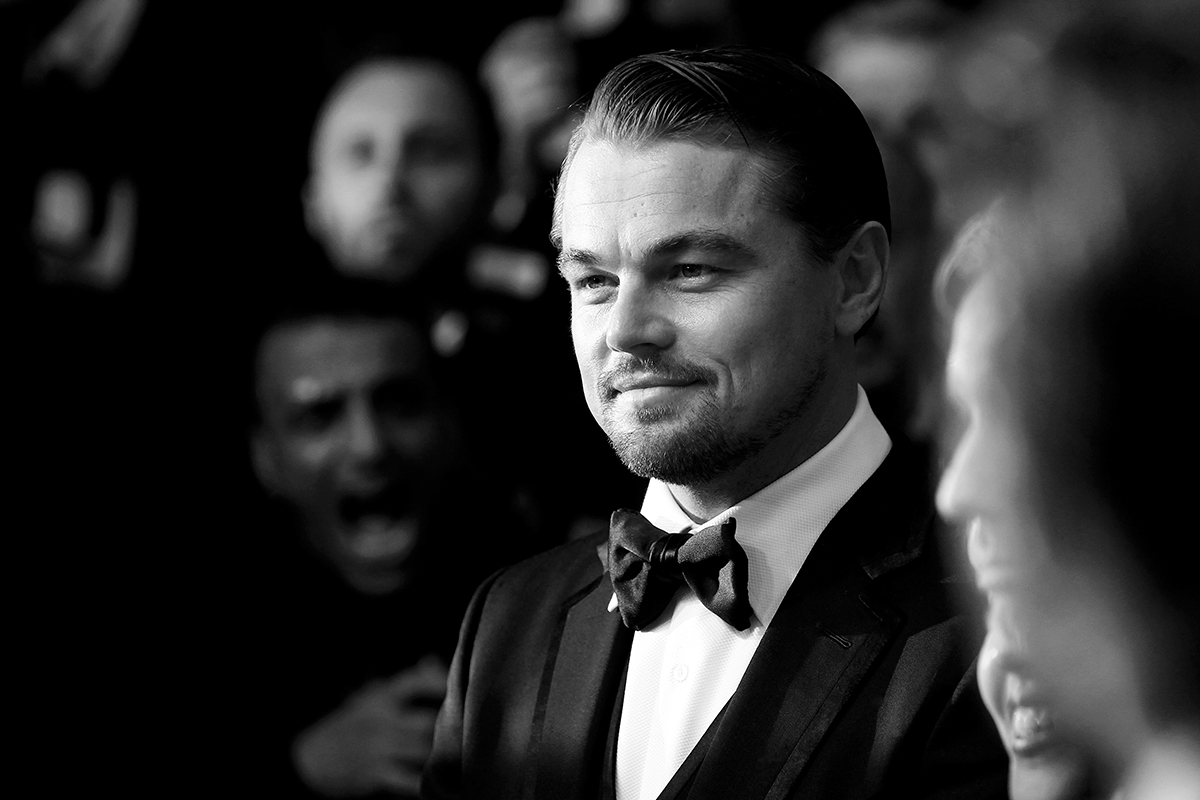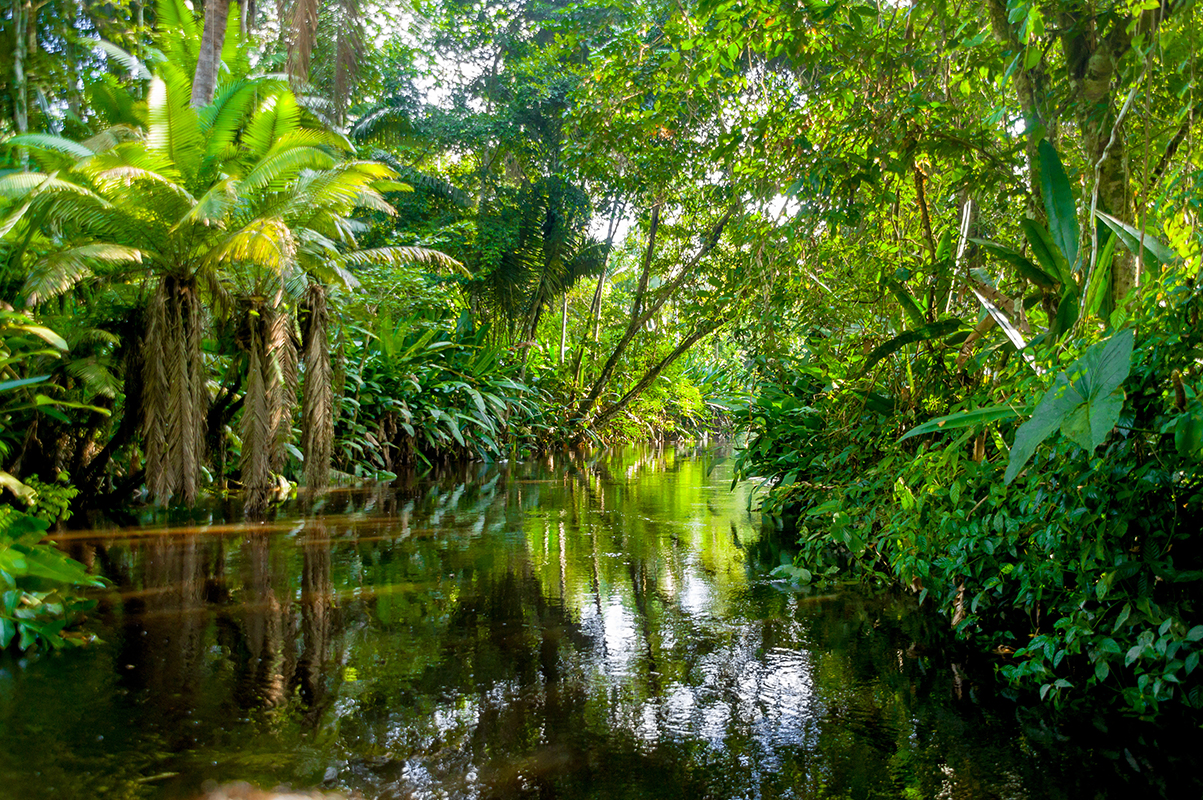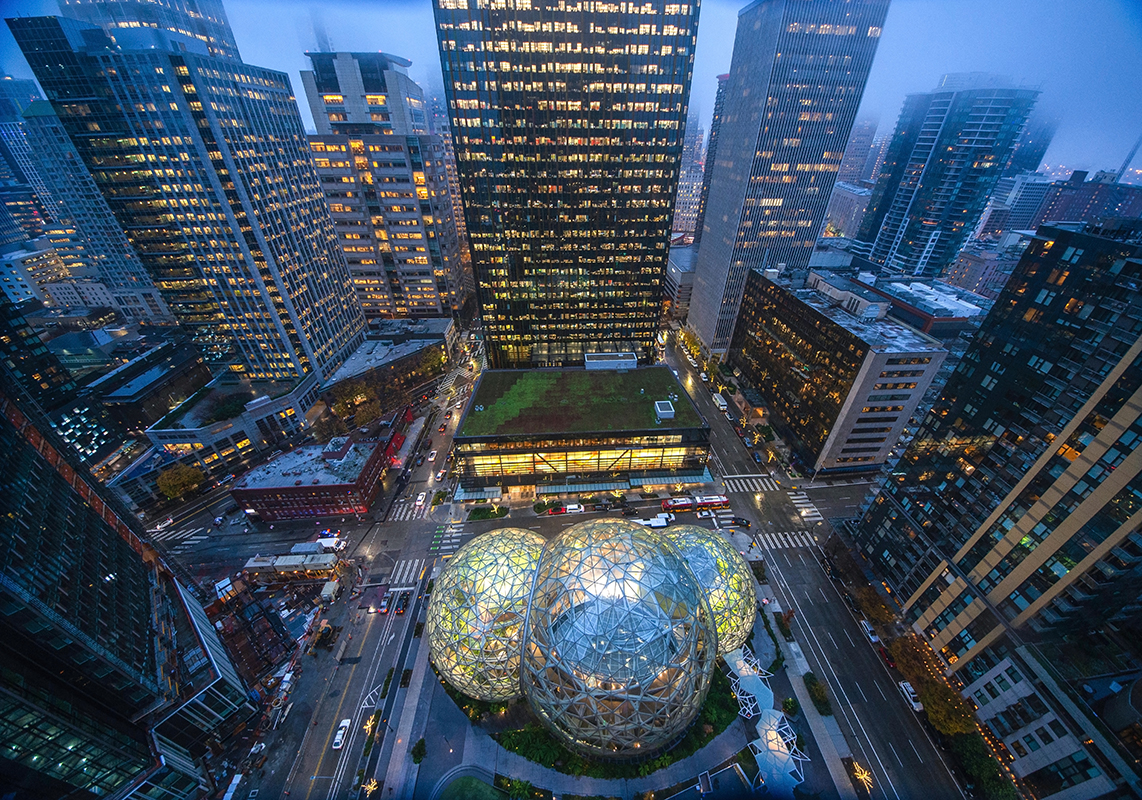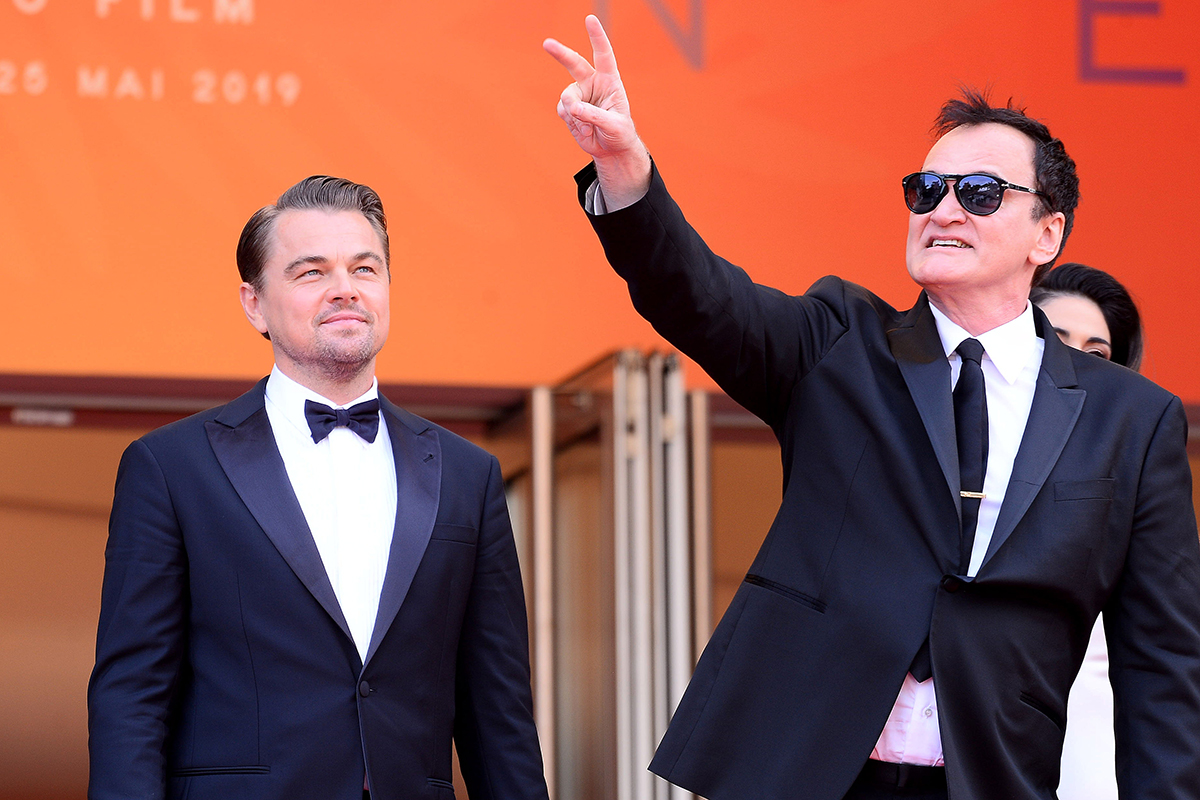This website uses cookies so that we can provide you with the best user experience possible. Cookie information is stored in your browser and performs functions such as recognising you when you return to our website and helping our team to understand which sections of the website you find most interesting and useful.
The changing face of wealth: From Leonardo to Greta, we examine the real influencers behind the new UHNW, and the behaviour trends that will affect us all
By Lysanne Currie | 10 October 2019 | Wealth,
Move over status-driven, profit-chasing Baby Boomers, gen X and Y are not only giving the planet priority but also changing how society perceives wealth and measures success

This is Leonardo DiCaprio. You know him from Titanic, The Wolf of Wall Street, and this year’s triumphant Once Upon a Time in Hollywood. His 30-year résumé of award-winning performances and box office smashes have earned him an Oscar, a Bafta, two Golden Globes and a swag of nominations besides. Yes, he’s a successful actor – the sort of success that’s landed him the kind of financial reward mere mortals can only dream about. So DiCaprio owns a 104-acre island in Belize, as well as a $100,000 car which he can park in the driveway of any one of his three homes – situated in Los Angeles, New York or Palm Springs – or his various California beachside pads.
At 44, he is something of a poster boy for the generation X super-rich. Frankly, who else could have played Jay Gatsby with such effortless excess and convincing charm in Baz Luhrmann’s 2013 blockbuster? But for all this charismatic actor’s physical wealth, he constantly counterbalances it with an eco-friendly ethos. His Belizean island, Blackadore Caye? Well, he wants to turn it into an eco-resort entirely powered by renewable energy that may open as early as next year. Likewise, that $100,000 car? An environmentally friendly Fisker Karma hybrid, the first electric sports car to use lithium battery cells. And all those homes? Powered by solar panels – his $10m NYC pad also pumps out twice-filtered aromatherapy air and incorporates reflexology flooring.
His record of environmental activism and acts of philanthropy have shamed politicians. Far from just offering pledges and good intentions, DiCaprio deals with a problem as he sees it. Not only has he donated his own funds to worthy causes, but his climate crisis-tackling Leonardo DiCaprio Foundation (LDF) works in more than 50 countries around the world. Through his eponymous foundation, he has awarded $15.6m to organisations actively protecting wildlife, ecological systems and the rights of Native Americans, and has made two online documentaries about climate change. He previously sat on the board of the World Wildlife Fund, donated $35,000 for an eponymous computer centre at Los Angeles public library, and gave $1m to the US-based Wildlife Conservation Society at Russia’s Global Tiger Summit in 2010. He uses his considerable fame as a platform to raise awareness at every opportunity.
“To be able to talk about climate change on a platform that hundreds of millions of people are watching… to say this is the most existential crisis our civilisation has ever known,“ DiCaprio said while accepting his 2016 best actor Academy Award for The Revenant. “The time is now. It’s imperative we act.
“I feel there is a ticking clock, there is a sense of urgency that we all must do something pro-active about this issue.“
While the climate crisis is evidently DiCaprio’s foremost concern, he has also been active combining work and philanthropy for other causes. He worked with Mozambican orphans while filming Blood Diamond, donated $1m to the Haiti earthquake relief and the Hurricane Harvey fund, donated $61,000 to an organisation furthering LGBT+ rights. >>

He’s also been vocal in his support for the Standing Rock tribe’s opposition to the Dakota Access Pipeline, has travelled to Indonesia to criticise the government’s palm oil industry. He organised a 2013 art auction which raised $40m for his foundation – the highest-grossing environmental charity ever – and, most recently, he made headlines after pledging $5m to an emergency Amazon Forest Fund. Oh, and he’s vegetarian.
“Clean air, water, and a liveable climate are inalienable human rights,” he explains on the LDF website. “And solving this crisis is not a question of politics, it is a question of our own survival.”
With his big-screen appeal and desire to do good with the wealth it has brought him, DiCaprio is one in a million. Actually, statistically speaking, as an ultra-high net worth individual (UHNWI), he’s one of just 0.003% of the world’s total population with assets of at least $30m – a group that holds around 13% of the world’s total wealth. But, like DiCaprio, this group is not only putting its considerable influence to practical use, but also inspiring millennial UHNWIs who, following in the footsteps of influential philanthropists like DiCaprio, differ from their forebears in both their decision-making style and their concern for environmental factors. There are a number of key trends that distinguish them in this.
MILLENNIAL MOVEMENT
The bridge between the youngest gen X and oldest gen Y (more commonly known as millennials) is marked by a rise of technology, but also increasingly evident environmental and economic instability. Having come of age during the 2008 global recession, younger UHNWIs have proven to be quite risk-averse compared to their predecessors – particularly when it comes to investing – while a craving for socially conscious impact and positive experience has seen this rise in philanthropic giving.
Yet, in 2017 alone, millennial donors gave £2.7bn to charity; according to a Fidelity Charitable study, 77% of wealthy, passionate and idealistic millennials and 72% of gen X donors have funnelled funds into impact investments – those aiding the environment, technology (companies including Tesla, for example) and areas such as gender diversity and affordable housing – while also generating a return. By contrast, among older generations impact investments make up just 30% of their portfolios.
Also in 2017, a Morgan Stanley survey revealed that millennials are much more apt to put their money into environmental or social investments. “Millennials are twice as likely to invest in a stock or a fund if social responsibility is part of the value-creation thesis.” Impact investing is also an area the UN General Assembly is currently looking at, as it wants to top up its sustainable investment goals via the private sector. >>

This trend looks set to strengthen, amid concerns about everything from socioeconomic diversity to microplastics. As Peter Cafferkey of Boncerto, which supports those looking to engage in impact investing, says: “These changes take a generation to kick in. Hopefully, we’re just seeing the start of that.”
The increasing visibility of environmental issues – due in no small part to key figures such as evergreen eco-campaigner Sir David Attenborough and 16-year-old Swedish activist Greta Thunberg – is among the factors contributing to more than £50bn of net inflows to environmental, social and governance (ESG) funds marketed to UK investors, according to Investment Week.
Funds managed with environmental considerations based in the UK, Ireland and Luxembourg raked in approximately €61.1bn (£54.7bn) over 18 months to the end of June. Explicitly ethical funds represented £20bn of the £1.3trn in total assets under management in Investment Association funds as of July – a significant increase from £16.8bn in July 2018 and the £5.9bn invested a decade ago.
But while impact investments are on the rise, financial literacy among younger generations is not. Michael K Spencer for Utopia Press says: “Millennials would rather travel and find a work-life balance that suits them… their financial literacy with regards to investing seems worrisome.” They’re also more likely to invest in cryptocurrencies than older HNWIs – with 17.9% of millennials choosing crypto before any other long-term investment option as recently as July 2018, according to a Bankrate survey.
They’re prone to spending money on experiences rather than goods – sales of cars have nosedived among this group. As financial expert Jean Chatzky told Business Insider: “When you experience something, you make memories. That allows you to go back and revisit, which brings the original burst of happiness you felt in the moment back to the fore.” >>

Altogether, this generation of HNWI is much more health and wellness focused. Wellness is something of a status symbol, as evinced by the rise of boutique fitness classes and luxury yoga retreats, plus the latest fads coming out Silicon Valley: nootropic drugs, conscious breathing, cryofacials and vitamin IV drips.
Then there’s the boom in wellness festivals: according to Vanity Fair, Gwyneth Paltrow’s recent Goop Summit in London saw millennials shelling out $5,700 (£4,500) on tickets, which included a $3,000 (£2,200) gift bag. Summit, meanwhile – an ultra-exclusive three-day ideas festival described as a ‘Davos for millennials’ – was referred to by The Guardian as “comparable to TED and Burning Man, featuring speakers such as Quentin Tarantino, Jane Fonda, Peter Thiel and Jeff Bezos”. Tickets costs $3,000-$8,000 (£2,200-£5,800), with events hosted everywhere from cruise ships in the Caribbean to beaches in Mexico.
As well as a focus on the body, young UNWIs also want to improve their minds, which is something a life coach can assist with. HNWIs can hire personal wellness trainers to accompany them on holiday; the likes of former Royal Marine Calum Morrison, founder of the Extraordinary Adventure Club, which offers epic journeys for mind, body and soul. Or they can seek out unique experiences via bespoke, experiential travel companies such as Black Tomato, which reconnects clients to themselves.
Whether it’s their wealth or holidays, the new generation enjoy sharing their fortune with their friends. However, as well as planning trips on yachts and parties on private islands, the move towards celebrating sustainable clothing, eco retreats and yoga poses also continues to gather pace. These are, after all, members of the Instagram generation and they wants to share their permanent values as well as their disposable belongings.
And it’s to the West Coast – to San Francisco, or Portland Oregon – they’re heading, rather than New York, for a higher standard of living. Or, indeed, a beautiful, sustainably powered island just off the Belize barrier reef…
For more exclusive features, read Tempus Magazine's 2019 Wealth Edition, out now







